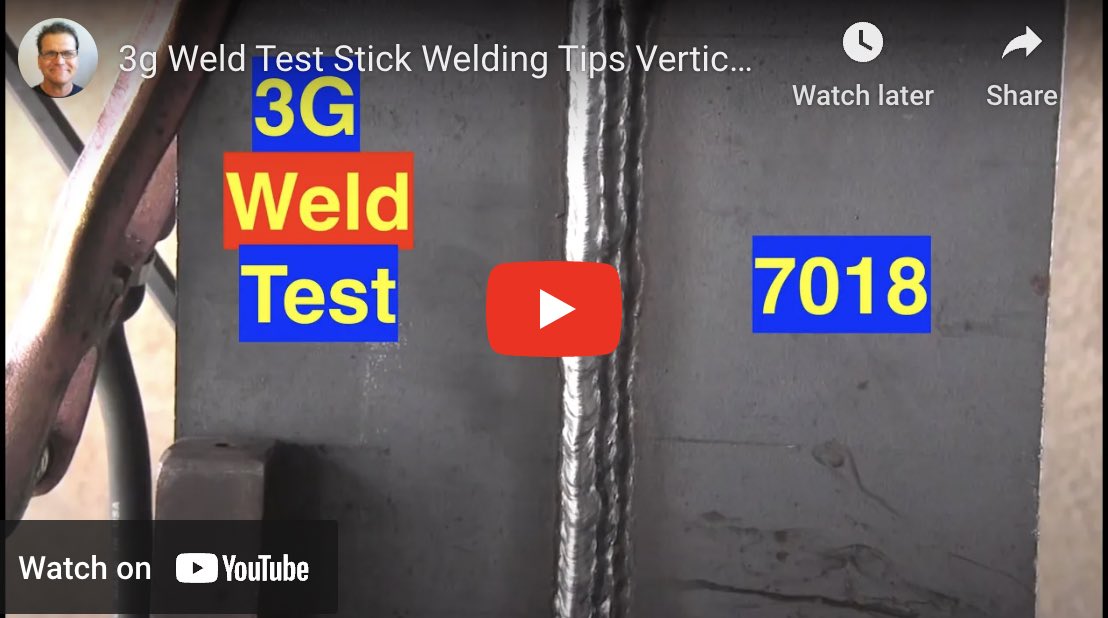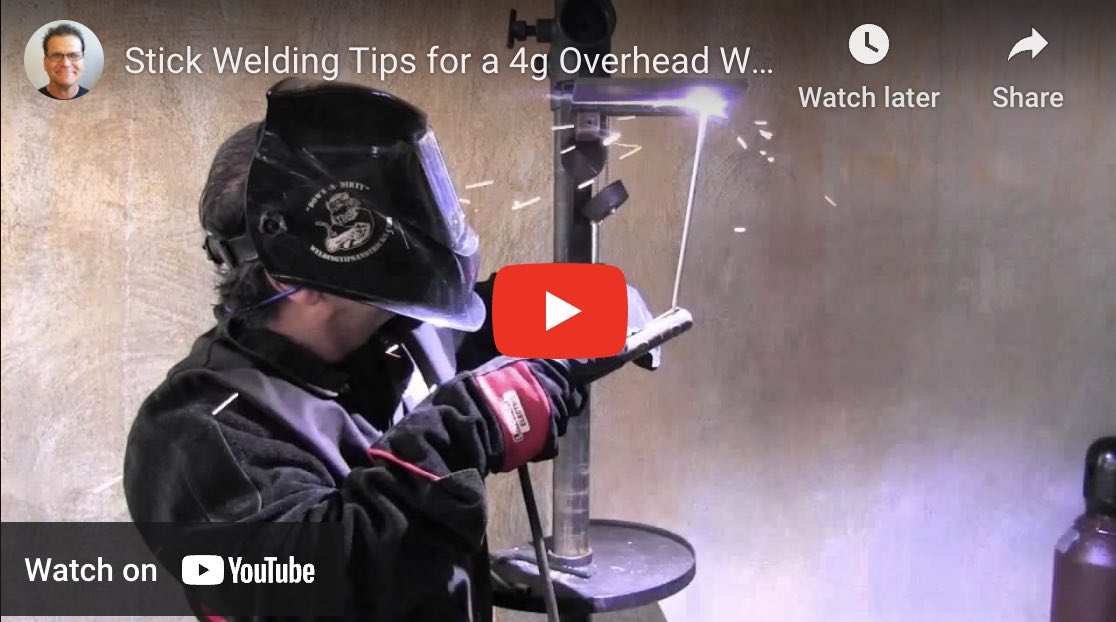SMAW Welding - Shielded Metal Arc Welding aka Stick Welding
- HOME
- STICK WELDING
- Smaw
An In-Depth Look at SMAW Welding: Exploring Various Stick Electrodes and Their Applications
Introduction: Shielded Metal Arc Welding (SMAW), also known as stick welding and even Arc welding to some old timers, is a widely used welding process that relies on consumable stick electrodes to join metal pieces together.
One of the main components in SMAW welding is the stick electrode, which plays a significant role in determining the weld's quality and properties. In this article, we will delve into the different types of stick electrodes and their specific applications, offering valuable insights into the world of SMAW welding.
- Rutile Electrodes: Rutile electrodes, also called E6013 electrodes, are among the most commonly used stick electrodes. They are versatile and suitable for welding mild steel, making them useful for applications in general fabrication, maintenance, and repair work. Rutile electrodes offer easy arc striking, low spatter, and smooth bead appearance, which contribute to their popularity. These electrodes possess good mechanical properties and can be used in all welding positions.
- Cellulosic Electrodes: Cellulosic electrodes, denoted by the E6010, EXX10 or E6011 classification, are known for their deep penetration capabilities. They produce an agressive arc and are widely used in pipeline construction and maintenance, shipbuilding, and structural welding. These electrodes provide excellent performance even under adverse conditions such as windy environments or dirty, rusty surfaces. However, they tend to create more spatter compared to other types of electrodes.
- Low Hydrogen Electrodes: E7108 stick electrodes are the bread and butter for structural welding but higher strength low hydrogen electrodes like E11018 are also used on high strength steels.
- Iron Powder Electrodes: Iron powder electrodes like E7014 electrodes, are designed to provide high deposition rates and improved productivity. They contain iron powder in their flux, which enhances the welding speed and deposition efficiency. These electrodes are commonly used in bridge construction, heavy equipment manufacturing, and fabrication of large structures. The iron powder content contributes to deeper penetration, while their relatively easy-to-use nature makes them suitable for various welding positions. E7024 is also an iron powder electrode and the 2 in 7024 indicates it is intended for flat and horizontal positions only.
- Stainless Steel Electrodes: Stainless steel electrodes, represented by the E308, E309, and E316 classifications, are specifically designed for welding stainless steel materials. These electrodes are corrosion-resistant and provide excellent weld integrity. E309 electrodes are designed for welding carbon steel to stainless steel and are great for dissimilar metal welding, and E316 electrodes are used for welding 316 austenitic stainless steel. Stainless steel electrodes find applications in industries such as food processing, pharmaceuticals, and chemical plants.
Stick electrodes play an important role in structural as well as pipe welding.
Whether you are working on mild steel, stainless steel, or heavy structural components, there is a stick electrode specifically designed to do the job.
By understanding the characteristics and applications of various stick electrodes, welders can achieve high-quality welds with optimal performance and reliability.
I included these last 2 videos on smaw welding because these tests are commonly given together for structural welding jobs.

















